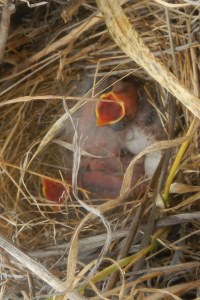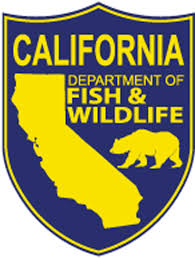
Deutschman Lab Projects
Grasslands are one of the most threatened and altered habitats in the world; unfortunately they are also among the least protected. Land use change has resulted in the loss of grassland habitat on the order of 82-99% in some regions. A shocking 10.5 million hectares of pasture and rangeland were destroyed between 1982 and 1997 in the United Stated alone. Not surprisingly, animals that require grassland habitat to survive are greatly threatened by this ongoing loss. Since the 1970s, grassland bird populations have experienced nearly a 70% decline. Grassland bird numbers have been more steadily and sharply decreasing on a global scale relative to other avian guilds. Recently some of these populations have begun to stabilize, possibly in response to concerted conservation efforts and habitat restoration. However, many species are still declining and their future is uncertain due in large part to urbanization.
The overall focus of my study is to quantify grassland songbird reproductive success in areas of varying urbanization. In order to do this, I will develop a technique for quantifying urbanization in the landscape matrix in a well-defined and broadly applicable way. I also intend to explore the relationship between the composition and structure of the vegetation community, urbanization and reproductive success.
Research Questions
1. How can urbanization be quantified in order to effectively capture its effect on grassland birds?
2. How does grassland songbird reproductive success differ among habitats with varying amounts of urbanization in the landscape matrix?
3. How do vegetation communities differ among habitats with varying levels of urbanization in the landscape matrix?
4. How do the changes in vegetation communities correlate with changes in reproductive success with similar levels of urbanization in the landscape matrix?
Lead Biologist: Heather Marschalek
This project is funded by the California Department of Fish & Wildlife.
Effects of Urbanization on the Reproductive Success of Grassland Songbirds in San Diego County

